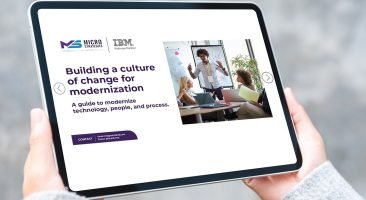Rachel’s Tips: How to Leverage Your Website as a Marketing Tool

An Interactive and Engaging Website
Your website is your #1 marketing tool. You’re going to want it to be not only interactive, but engaging as well. An interactive website is a website that allows users to go beyond simply reading text and viewing images and an engaging website is one that delivers a positive user experience while attracting and retaining your visitors. In other words, it minimizes the bounce rate, the rate in which people come to your website and immediately leave without even reading or engaging with the site.
There are three steps to leveraging your website as a marketing tool. Let’s take a look at those steps.
Step 1: Design for the User
Think about the big picture. Who is your target audience? Just remember, that less is more so it’s important to minimize the user’s efforts to complete tasks and get the information that they came to get. You only have seven seconds to grab your visitor’s attention so streamline the process as best you can. Ask yourself: are you communicating the right message and strategizing the site navigation structure and design to appeal to necessary audiences?
How do you design for the user?
- Your first step is to do you research. Find out who, exactly, is your target audience? Don’t assume who they are as many businesses often do, but actually ask them. Ask about their habits and what kind of information are they actually looking for. Is your user searching, gaming, browsing, watching videos, reading? Are they looking for specific content?
- Literally talk to your customers. You can choose to talk to a handful, or send out a blanket questionnaire. You can choose a focus group or a simple phone call. You’ll be surprised how willing your customers will want to talk to you.
- Listen and absorb the information. Identify and document your site visitor’s wishes. What is the user looking for when coming to the site?
- Explore the competition. Run a competitive analysis by researching all of your competitors. Look to see whether there are innovators that you can learn from? Have they made any mistakes that you’re going to want to avoid?
Build a responsive website
I wrote a recent blog post regarding the importance of a responsive website, or mobile and tablet-friendly website. This is absolutely crucial to your marketing strategy and you can read more about why responsive websites are extremely important to your business.
Step 2: Create a Design Experience
You want to understand the design experience by identifying your website visitors and design a site in such a way that will draw them in for more information. Users trust imagery, infographics and video more than text. You want to design it in such a way that incorporates visual imagery with your text.
You’re going to have to find a happy medium of imagery and text, because Google robots can only scan text so your text is also going to be important to your marketing strategy.
Another element to consider is the use of color as important to your visitor’s perceptions. For instance, blue is used for business and innovation. Green sets a calming mood. Red is more edgy and induces hunger. You’ll want to carefully consider your colors when designing your website.
Lastly, an important concept to keep in mind is the structure of your website. Users either read across the top and then follow something down the middle, like a T, or they scan like an L from top left down and over. You want to make sure that you design your website’s flow of information in one of these two formats.
What are we trying to communicate to the user?
The most important information you want to convey includes your service offerings, your value propositions and differentiators, and the messaging you want to convey to the visitor. Perception is everything! Ensure that your website represents your brand the way you want it to.
Step 3: Leverage Your Conversion Tools
A conversion is when someone comes to your website and performs a specific action. This could be a click, a sign-up for your newsletter, completing a contact form, purchasing something from your website or any other tasks that will get them to the next touch in the process. On average, it takes 7 – 9 touches to grab a user’s full attention and business.
It is extremely important that you identify the marketing goals for your website before you dive right in and design your site. You should be able to answer the question: how does my website fit into my overall marketing plan? Will it be a strong element in my communications calendar?
Your conversion tools need to be integrating into the design experience. You can use Google analytics tracking for measuring your success and identifying your visitors and how or why they came to your website.
When you’re setting up your Google analytics tracking, you want to make sure to look for the visitors bounce rate, sessions vs. unique visitors, an increase in activity due to your marketing initiatives, how users interact with your website, and your conversion tool tracking.
Your website is your most powerful marketing tool. It serves as your online marketing foundation and is always the first or second touch in the consumer engagement process and is often the first opportunity to communicate your brand and message. Because of this, how you design and develop your website is essential to the success of your marketing plan.

















 Phone:
Phone: